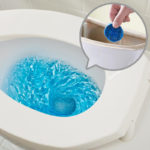How to choose a separate toilet cistern
My friends often laugh when they learn the history of the furniture and appliances in my house, calling me a descendant of Frankenstein. And all because, on the one hand, I adore all sorts of new products, and on the other hand, I really don’t like to overpay, therefore, if there is such an opportunity, I do not buy the entire product, but only that part of it that contains the innovation.
As a result, although I try to select parts so that they do not stand out visually, in fact, almost everything in my house consists of fragments purchased at different times. Only my good old toilet avoided the fate of becoming Frankenstein's monster, until one day I learned about the existence of environmentally friendly flush cisterns with a function for selecting the amount of water, and away we go...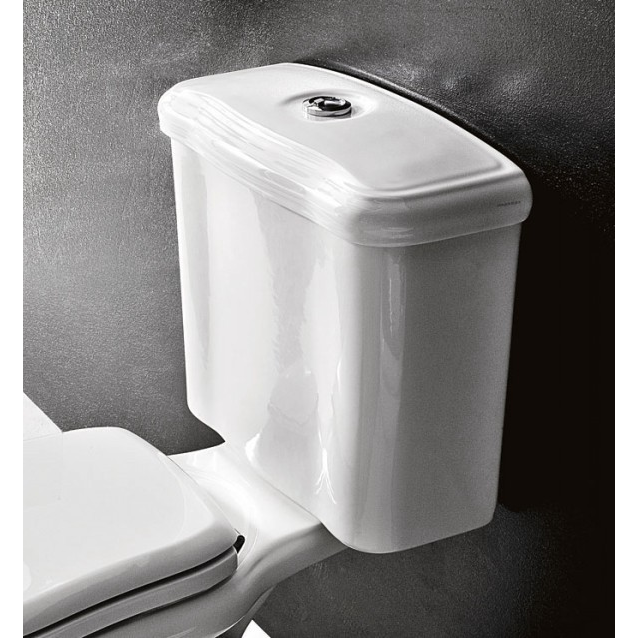
The content of the article
What types of cisterns are there?
If you, like me, are faced with the problem of choosing a tank, then I hope that my experience of online searching and communicating with sellers will help you. First of all, I came across the fact that ceramics is not the only material from which it is made, therefore, if this material does not suit you for some reason, there are products from others:
- cast iron is terribly heavy, but extremely durable, they have practically no shelf life, so such a tank can also be bequeathed to your grandchildren;
- plastic - if weight is important to you, then you won’t find anything lighter than plastic tanks, but they are also the most fragile.
Then I began to learn about the main thing that interested me - the flush system.The one that I had with a long chain is called the bottom one, but the one with the button that I needed is called the top one. The button with the water saving function is divided into two parts: one releases 2-4 liters, the second - 6-8.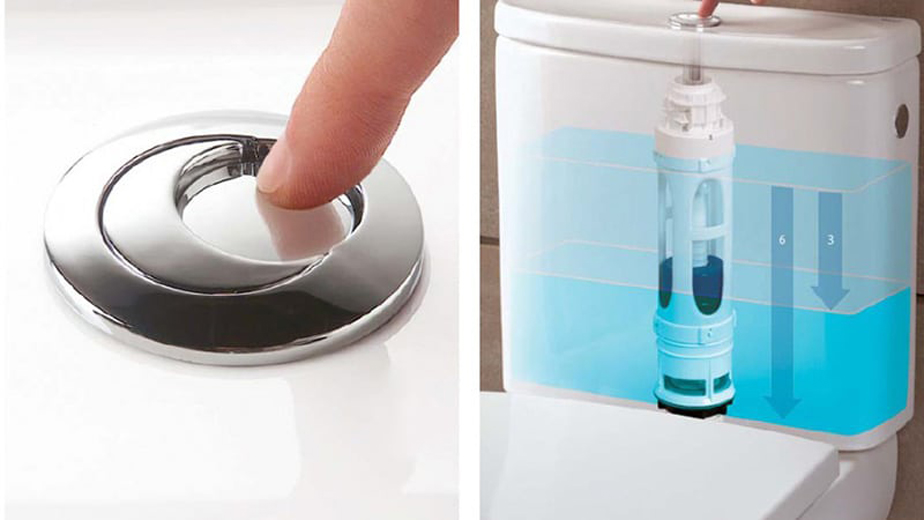
Reference! A family of three using this function saves 45–50 thousand liters of water per year. If you are not worried about the environment, like me, then you can simply calculate how much money it could cost.
Tanks also come in different shapes. But the two most popular are: stretched horizontally and narrow, stretched vertically. They are connected to the water supply in different ways: some from the side, and some from below. For me, as the owner of a very small toilet, this is also a fundamental point.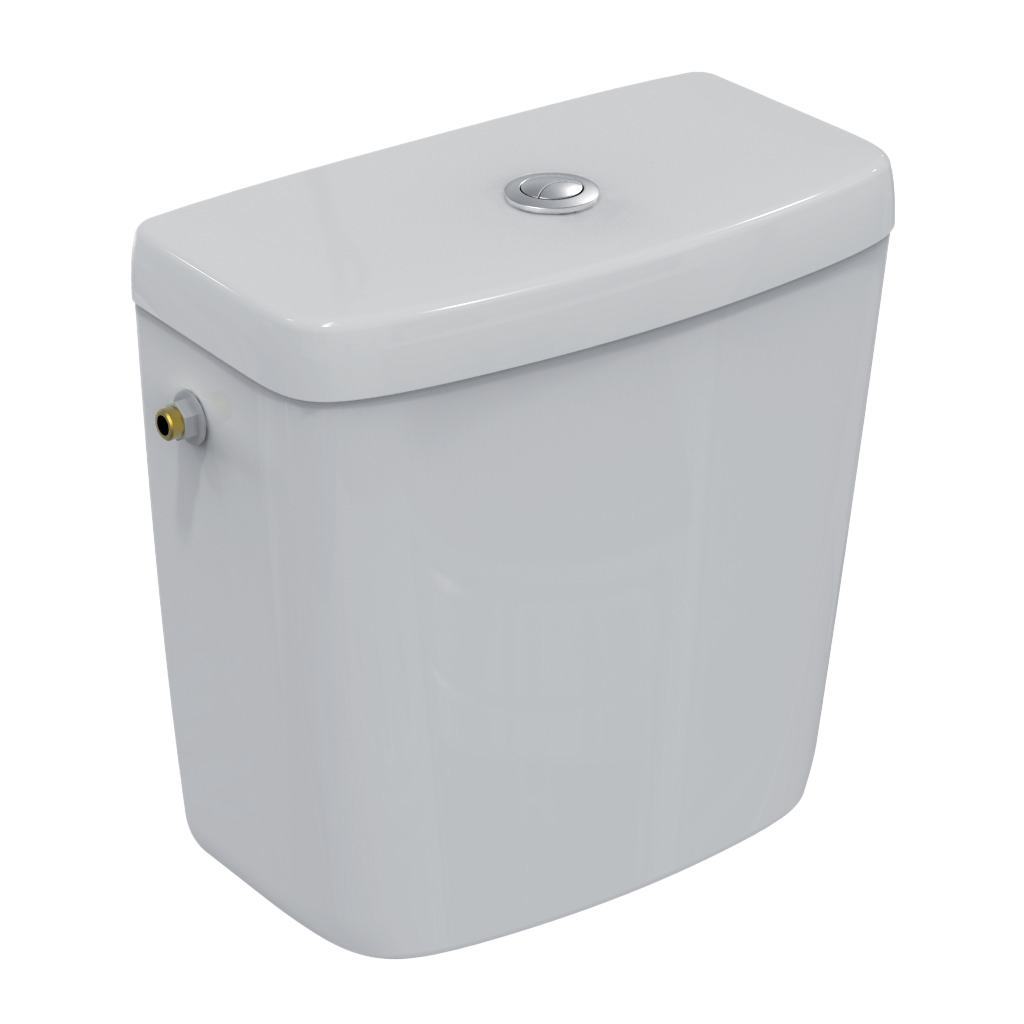
Important! Another difference is the location of the technological mounting holes with the toilet. Therefore, before going to the store, be sure to take a photo of your toilet and the place where the tank is attached to it, so that the seller can help you choose the most suitable one.
Let's not forget about aesthetics: for those who find the standard white color boring, there are a huge number of other colors in stores. If you are not afraid of getting the nickname “Frankenstein”, you can choose a cistern of a different color for the white toilet - it looks stylish and interesting. A less eccentric option: white tanks with patterns, such as floral ones. These would look very nice in a rustic style interior.
And finally, the last point. If you don’t want to choose a cistern or would like it to be completely invisible in your toilet, you can purchase an option in which all communications are built into the wall, and only the button goes outside. There is more hassle, but the result is worth it: it saves space, reduces the noise level when flushing and collecting water, and it simply looks aesthetically pleasing.
How to choose a separate toilet cistern: selection criteria
First of all, re-read everything that I wrote earlier so that you can immediately form an image in your head of what you need. This way, you won’t get confused when faced with a wide assortment, and you won’t fall for the tricks of sellers, buying a product with functions that you don’t need.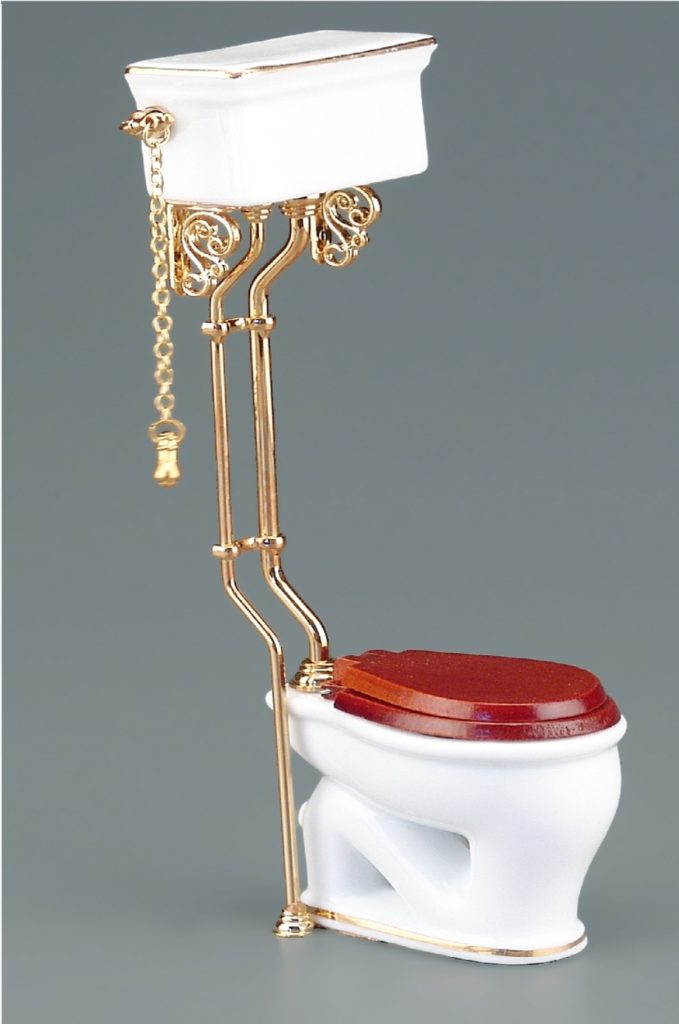
Do not forget that in addition to using it for its intended purpose, you will also come into contact with the tank during cleaning. First, pay attention to whether all its parts will be accessible to a wet rag after installation. Secondly, are there any convex or concave elements in its design that will make cleaning difficult? Here's the thing: accumulated dirt, which you cannot reach, will not only breed germs, but will also retain an unpleasant odor, why do you need this? So this is an important moment.
Pay attention to how your old tank was connected to the water and sewer pipes. If you don't understand this, photography will save you again. You understand: everything that I wrote above will be useless if the tank simply cannot be connected and you have to start all over again.
Measure the distance on your toilet from the place where the open lid is adjacent to the tank to its fastenings. In the store, ask or measure the distance from the fasteners to the front wall yourself.
It should not be greater than previously measured. I’ll explain why: otherwise, a situation may arise when the front wall is so close to the bowl that the lid does not open all the way, and this can cause a lot of inconvenience.
I hope that my recommendations will be useful. Happy shopping!

